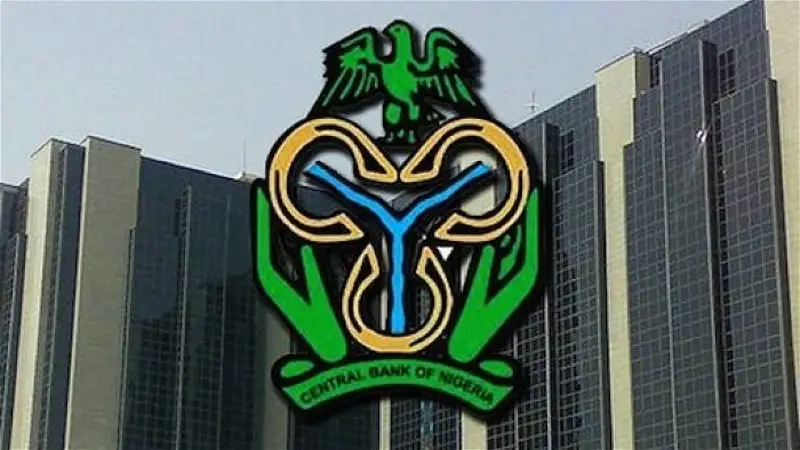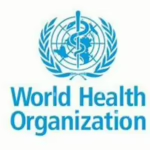The Central Bank of Nigeria (CBN) reduced its loans and receivables by over N4 trillion in 2024, following a sharp drop in funds extended to the Federal Government and other adjustments in loan portfolios.
The reduction came after years of increased lending under the Ways and Means provision, a facility meant to cover the government’s short-term funding needs.
The CBN’s latest audited financial statement showed that net loans at the bank level dropped from N16.1 trillion in 2023 to N11.9 trillion in 2024.
At the group level, the figure went down from N15.1 trillion to N10.9 trillion.
This decrease was mainly driven by the Federal Government’s repayment of some overdrafts and a shift away from heavy borrowing practices.
The Ways and Means facility, which had exceeded its legal limits in previous years, came under scrutiny for contributing to inflation and weakening monetary control.
To address the growing concerns, the National Assembly approved the conversion of N22.7 trillion of these loans into long-term debt in 2023.
Since then, the Federal Government has repaid N7.3 trillion, showing a move toward more responsible borrowing.
One of the biggest drops in 2024 was seen in the Federal Government’s overdraft, which fell from N7.9 trillion to N3.2 trillion.
This aligns with CBN Governor Yemi Cardoso’s plan to reduce the bank’s direct lending to the government and bring back stronger monetary policies.
Despite reduced lending to the government, the CBN’s Standing Lending Facility, used to provide short-term support to banks, grew from N29.4 billion to N386.9 billion.
This suggests increased demand for temporary funding within the banking system.
While some categories such as long-term loans and AMCON Notes grew, others like “Other Loans” and Promissory Notes declined.
The bank also cleared all Promissory Notes worth N23 billion and fully removed a power sector loan tied to NESI Stabilisation Strategy Limited, which had stood at N802.9 billion in 2023.
Gross loans at the bank level dropped by N3.6 trillion to N13.7 trillion, while the group level saw a similar decline.
At the same time, the CBN increased its allowance for expected credit losses to N1.8 trillion, suggesting more caution in loan recovery and better risk checks.
The CBN also made progress in recovering funds from its various intervention programmes. In 2024, the bank retrieved N252.9 billion from different sectors, including agriculture, manufacturing, and export financing.
Many of these loans were issued under schemes like the Anchor Borrowers’ Programme and Real Sector Support Facility.
The Anchor Borrowers’ Programme, launched in 2015 to help small farmers, had its outstanding balance cut by over N112 billion in one year.
The Commercial Agricultural Credit Scheme and the Real Sector Support Facility also recorded large recoveries, as the CBN worked to recover loans that had raised concerns due to poor repayment rates.
Other intervention programmes such as BOI Debentures, Export Development Facility, and the Micro, Small and Medium Enterprises loan scheme saw smaller changes. Some facilities, like the Nigerian Youth Investment Fund, even increased slightly.
Governor Cardoso had earlier promised to phase out intervention-style financing, saying it created problems in the economy and distracted the bank from its main job of managing money supply.











Leave a Reply